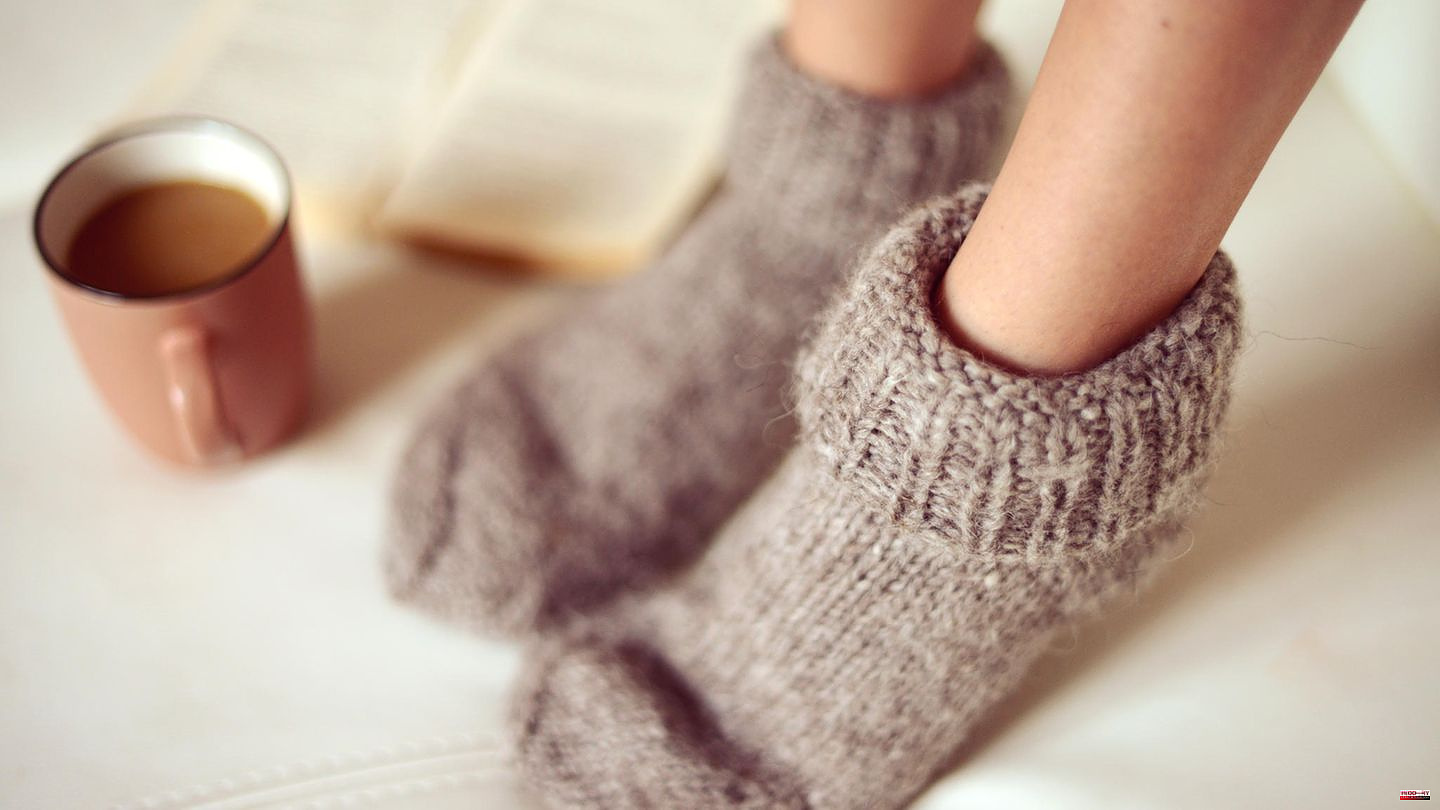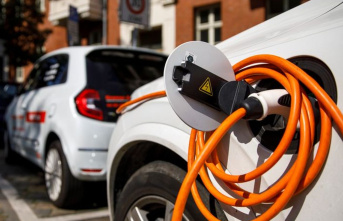In contrast to men, women use significantly less energy, which means that their bodies produce less heat and cool down faster. But why is it primarily the feet that freeze first on cold days? There is a very simple reason for this: our organism is designed to protect all the important organs that are inside the body and can only work properly at a body temperature of around 37 degrees. So when we are exposed to low temperatures, our body tries to keep the heat where it is needed most. This in turn has the consequence that our vessels in the limbs narrow and are less well supplied with blood. Due to the higher basal metabolic rate, men can store heat in their bodies longer - women, on the other hand, always get cold feet. Although this is not usually harmful to health, it is still unpleasant.
Not only the cold outside temperatures can promote icy toes, but also wetness. If the feet become damp, for example through leaky shoes or sweat, the skin cools down more quickly. For this reason, you should always keep your feet dry so that you don't lose heat to the outside. In addition, your shoes should not be too tight, as there is a risk that your blood vessels will be constricted and the blood supply will be reduced - which inevitably leads to cold feet. If you have permanently icy toes even on mild days, maybe even in combination with cramps or pain, you should consult a doctor to be on the safe side to rule out a possible illness (including low blood pressure, arteriosclerosis, diabetes, orthostatic hypotension, anemia).
The solution is very simple: You have to move a lot so that your blood vessels dilate and your body can pump more blood to your feet again. Regardless of whether you are inside or outside. As soon as you notice your toes getting cold, take a little walk and get your circulation going. Even at home or in the office, you can gain a few feet by walking from room to room. Also, be careful not to cross your legs while sitting - this cuts off the blood supply to your feet.
Another way to warm your toes is to use electric foot warmers with a washable footmuff. There are cozy models with a teddy lining that you just have to put your feet in to gradually heat them up. For your office, on the other hand, you can use a kind of mobile underfloor heating that you place under your desk and switch on as you wish: If you are not at your desk for more than 30 minutes, the device even switches itself off automatically.
On cold autumn and winter days, shoes with a thick sole are an advantage so that the cold cannot get through to your feet from below. If you still feel cold on your toes, you can equip the shoes with self-warming insoles - these will keep your feet warm for up to eight hours. Alternatively, there are also special toe warmers and sole warmers that you don't put in the shoe but under your feet. This means that you can wear the insoles in all situations (including all types of winter sports).
The socks are also an important indicator to avoid cold feet. It is best to only use materials such as cotton or wool, as synthetic fibers promote sweaty feet and the moisture on the skin in turn has a cooling effect on your toes. At home you can also wear slippers made of fleece or lambskin to warm your feet. Even better are heatable slippers that you can easily heat up in either the microwave or oven.
During stimulation therapy, the thermoregulation of your vessels is trained. All you need is cold water running in the bath or shower and wading back and forth in it for five minutes, preferably lifting your feet out of the water and putting them back in with each step. In winter, this also works with snow.
Your diet can also help improve blood flow to your feet. Make sure you have a balanced diet, eat lots of fresh fruit and green vegetables such as cabbage, spinach, beans and broccoli, which contain B vitamins. It is just as important that you drink a lot! Those who drink too little usually have thicker blood, so that the blood flow can be significantly inhibited.
This article contains so-called affiliate links. There is more information here.












